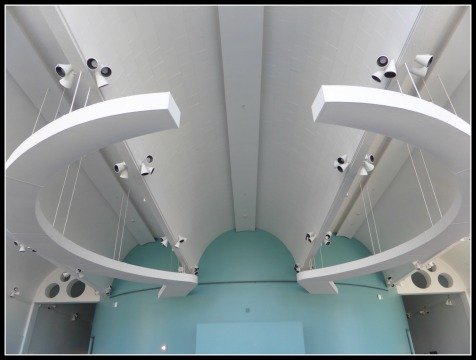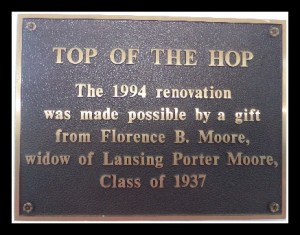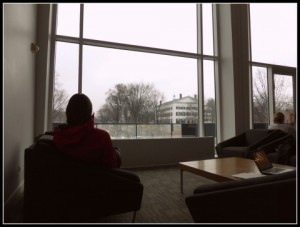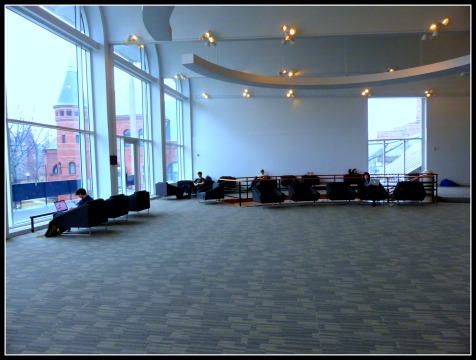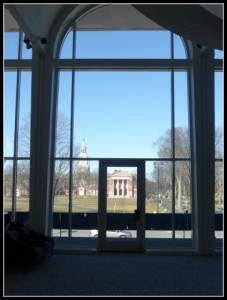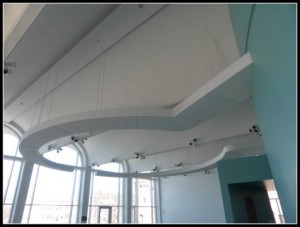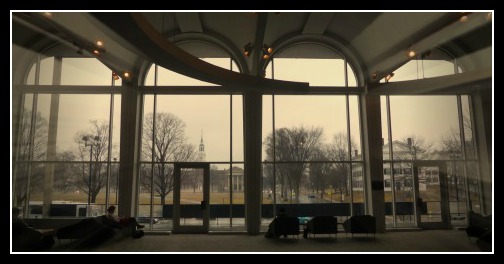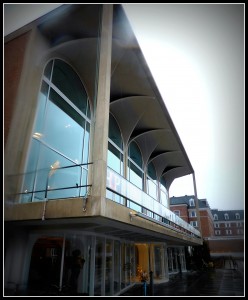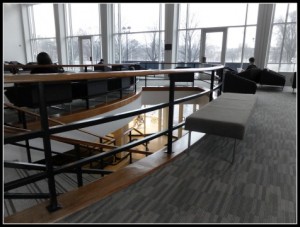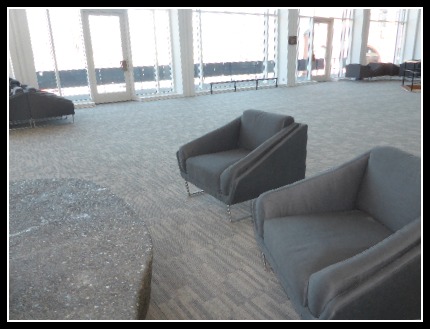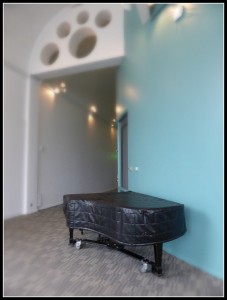A mix of public and private
The Top of the Hop is a perfect illustration of how a space can be both public and private. The line of sight within the reception hall is unobstructed and converts all occupants into either observers of nearby students, or subject to observation, and potential scrutiny, by their neighbors. The huge windows and tall ceilings emphasize the openness of the room, making it seem all the more transparent.
Simultaneously the second floor is set both apart from, and above the rest of campus. The lines of sight and sound to TotH are limited, as the view is ‘one-way’ and the noise from the rest of the campus and the Hopkins center are muted, creating a sense of separation and privacy.
Acceptable conduct is in the perception of the user
As survey data has shown, expectations of ‘acceptable conduct’ in a given space depend more on how patrons view the area than on its pure physical features. Additionally, although design does influence certain behaviors in people, it is more conclusive that the casual relationship between physical form and publicity, is what truly crafts the unspoken social rules of engagement. Those who note most prominently the vastness of TotH and connect this with it being public are more likely to follow what they believe to be a strict ‘code of conduct’. Whereas, those who seem to be more aware of the noise cancelling acoustics, even subconsciously, and the separateness of the space may engage in more unguarded activities. Another important facet which needs to be considered is the directionality of publicity. The group to which TotH patrons feel visible to, either immediate strangers or more general campus goers, changes the dynamic of the room.
Applications in design
Considering to whom a space is public and deliberately manipulating lines of sight and sound are strategies which could be useful to anyone designing a space in which they would like to encourage a certain decorum among its users. Understanding and utilizing these principles would allow an architect or interior designer to shape different spaces which strike a fine balance in degrees of publicity. In order to elicit different behaviors they may design spaces which are both spacious but intimate, and crowded yet isolated.

